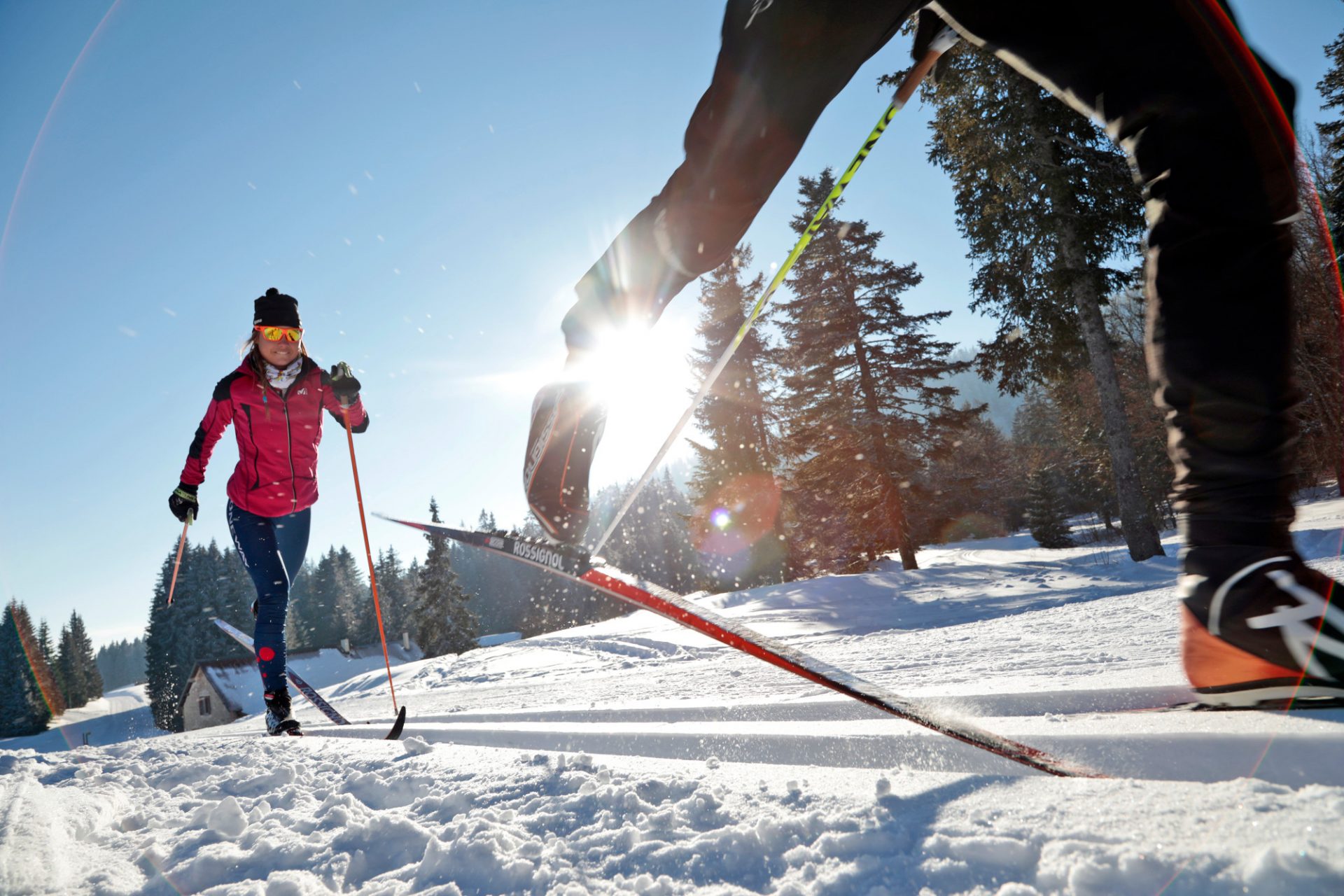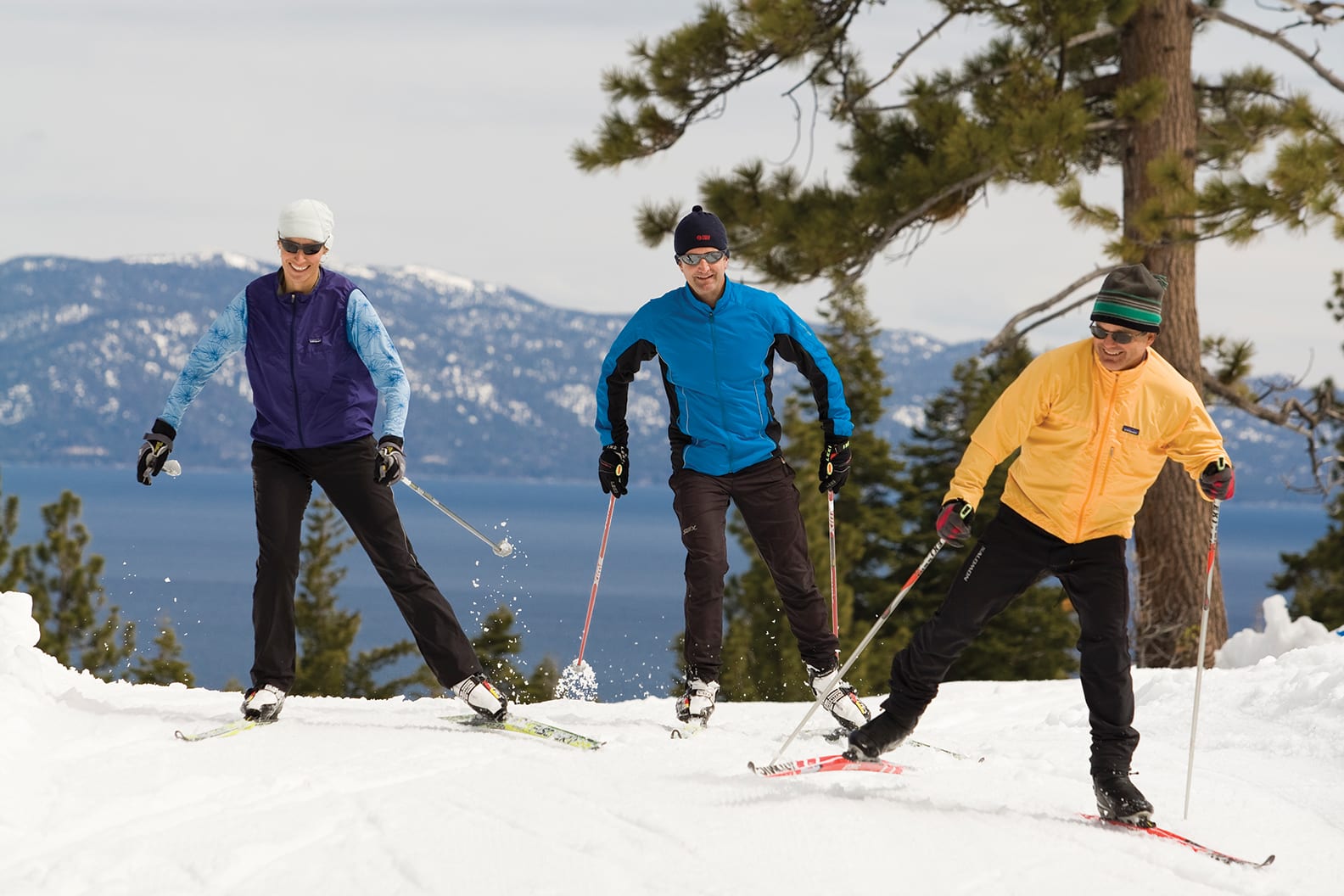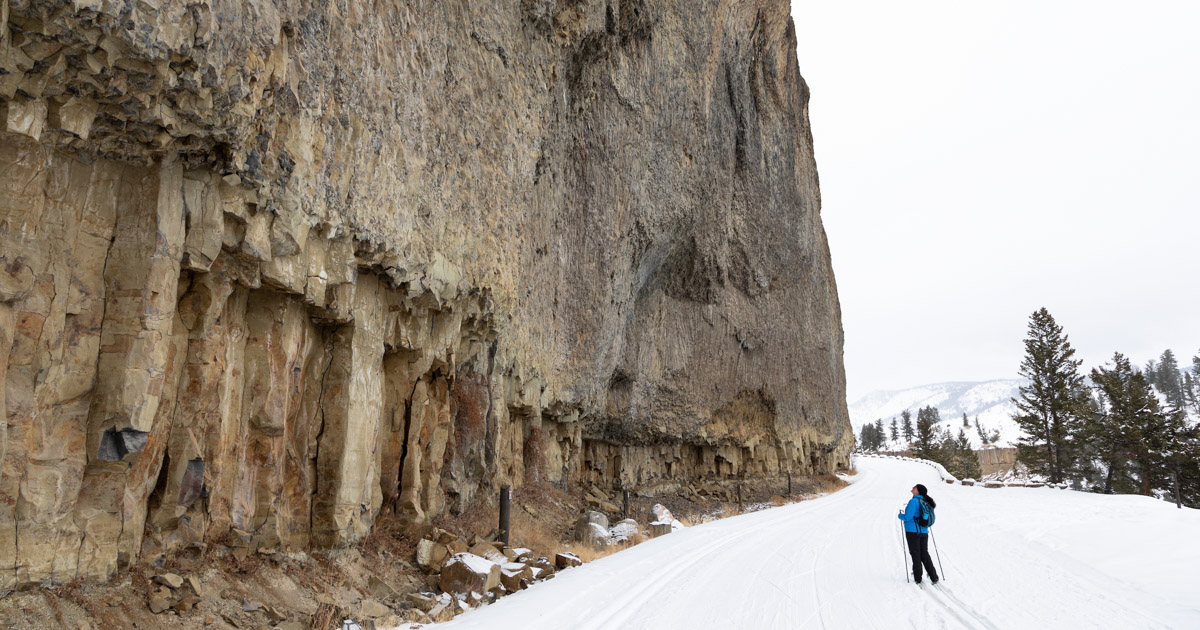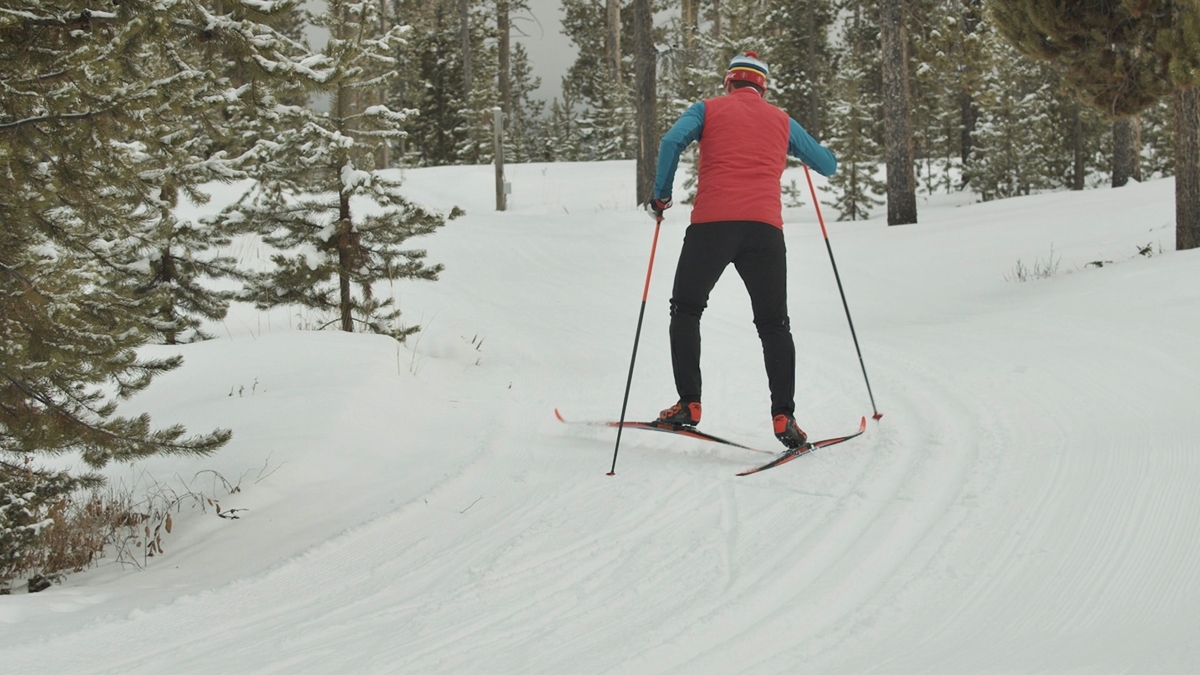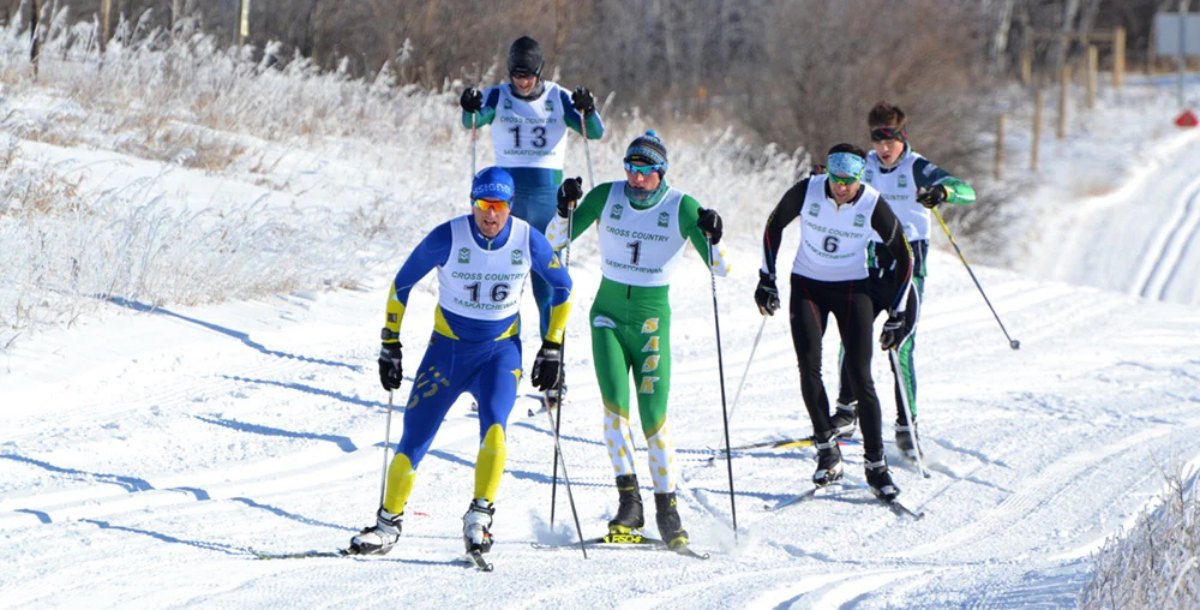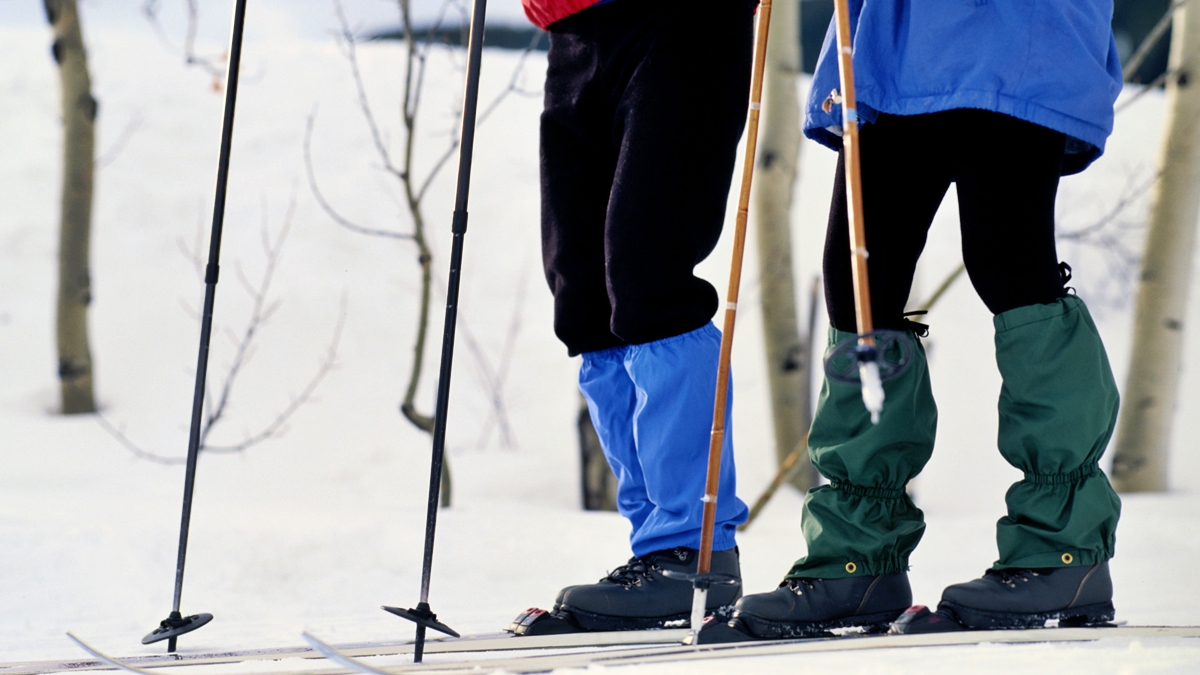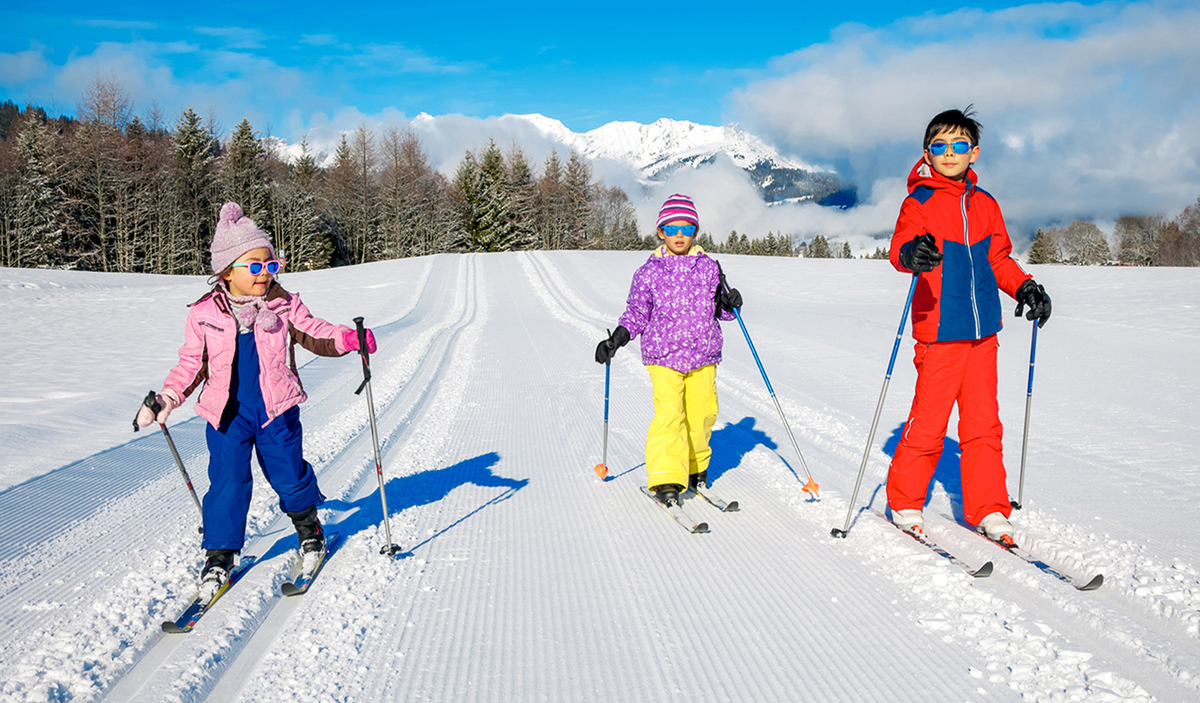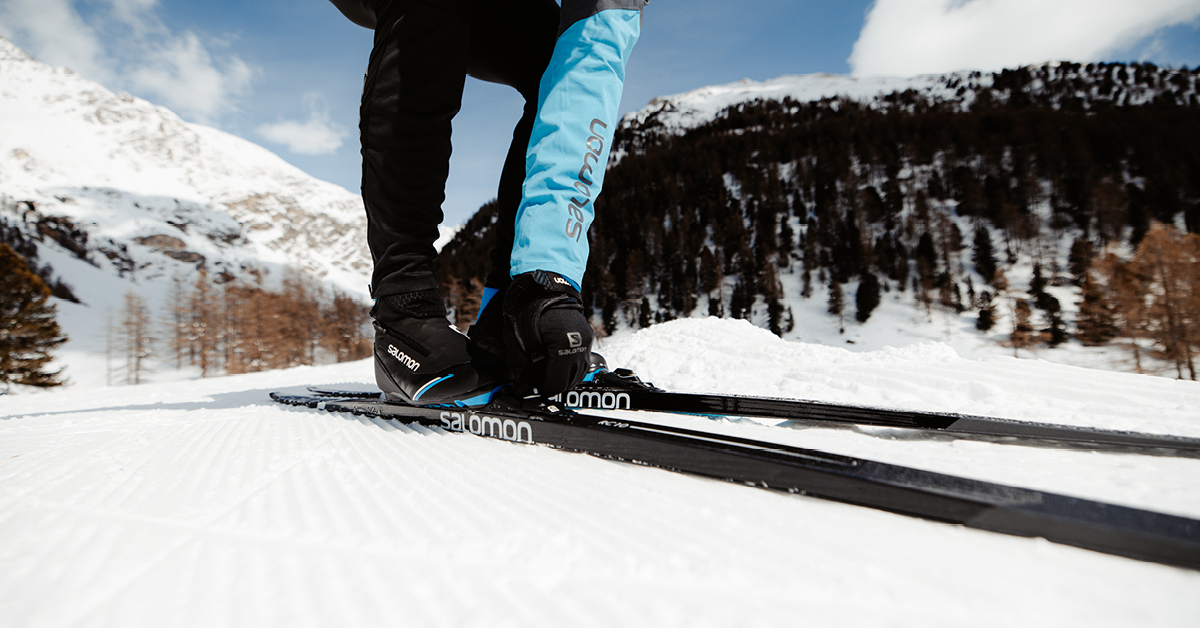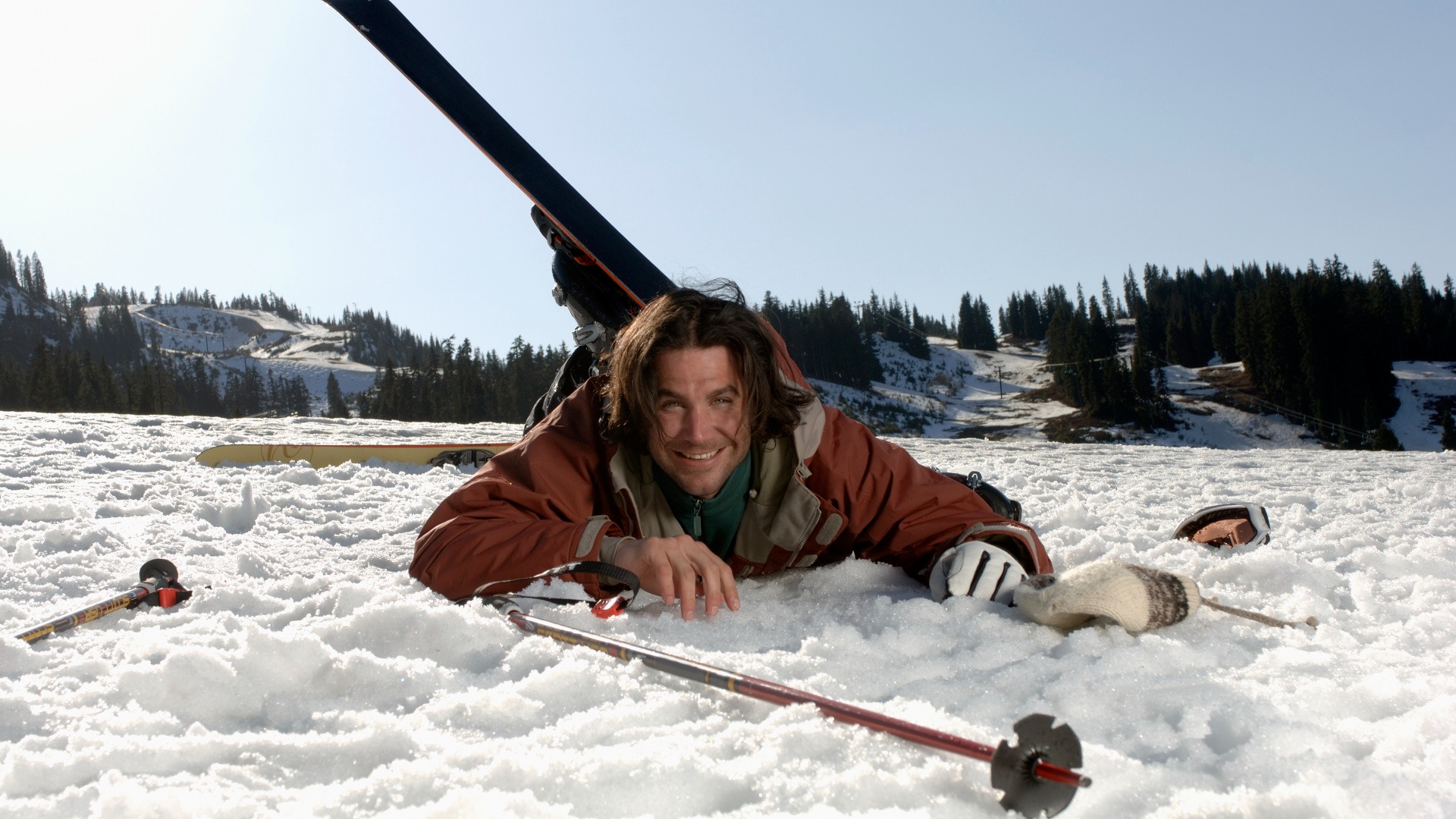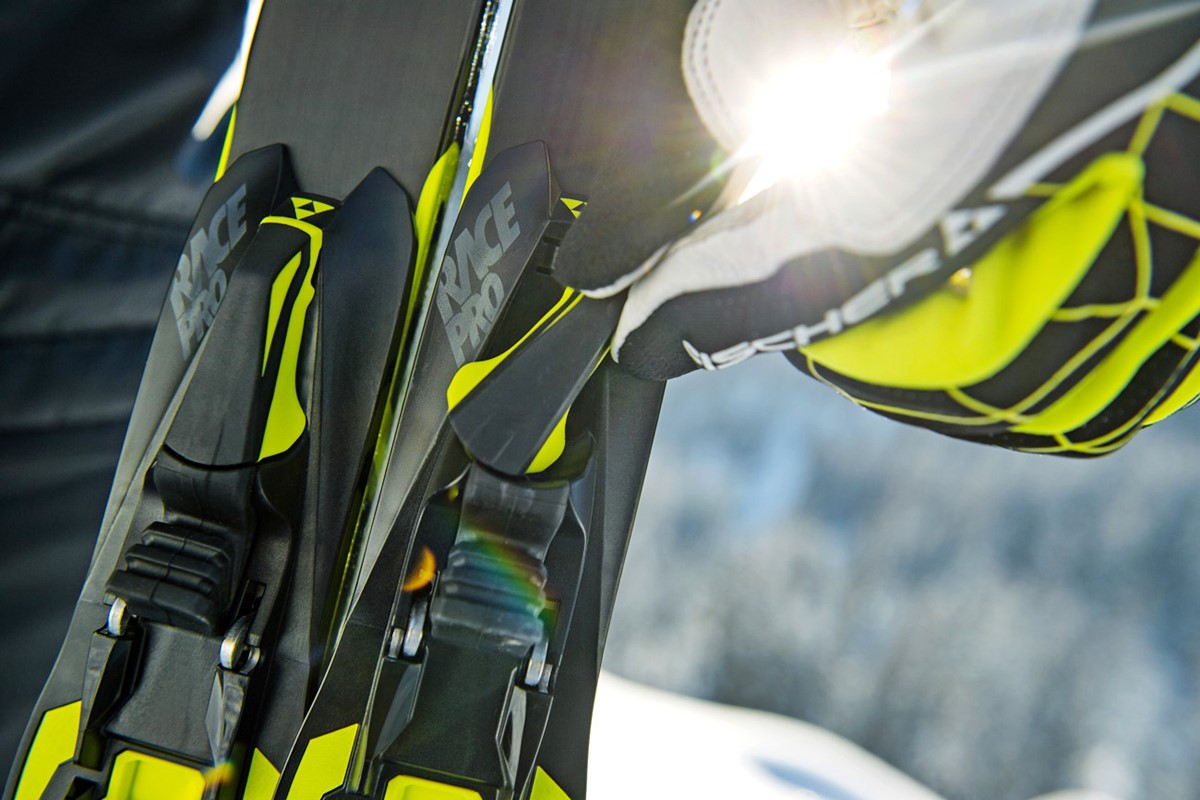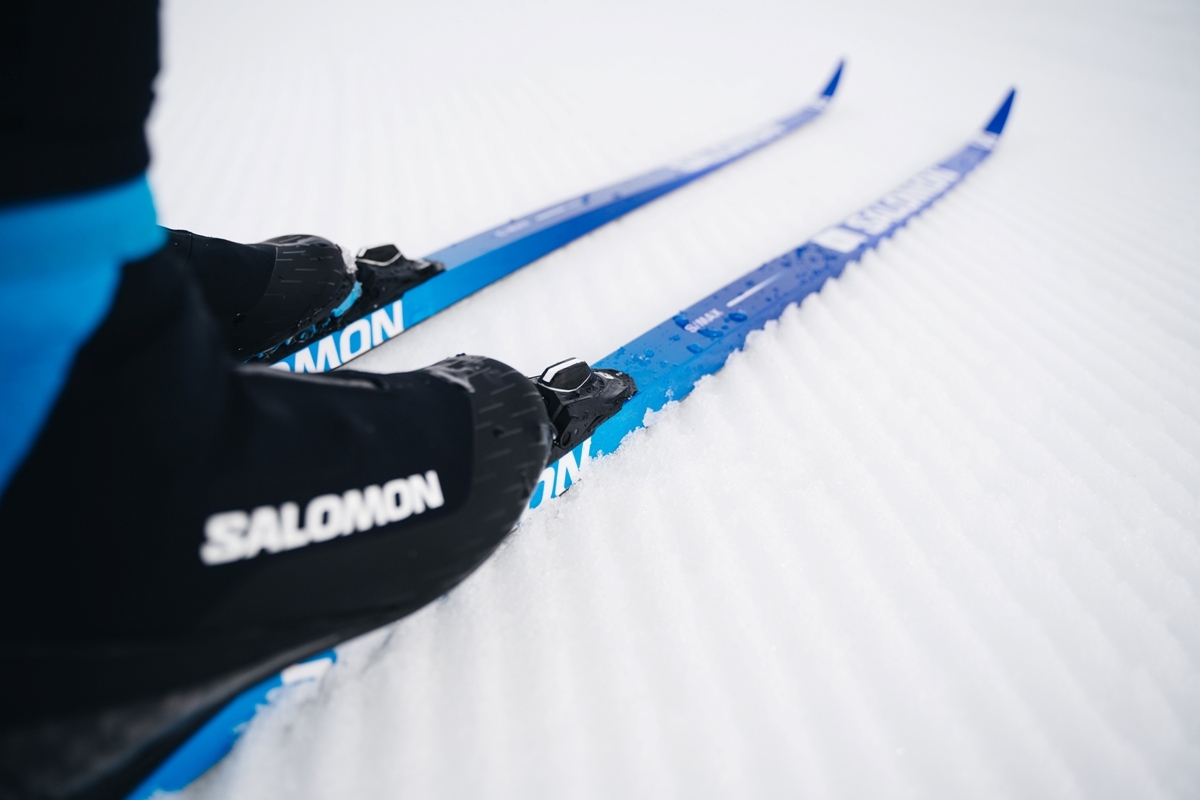

Featured
How Long Of Cross Country Skis Do I Need
Modified: August 18, 2023
Learn how to choose the perfect length of cross country skis with our featured guide. Find the ideal size for your skill level and terrain.
Introduction
Welcome to the world of cross country skiing! If you’re a beginner or even an experienced skier looking to upgrade your gear, one important factor to consider is the length of your skis. The length of cross country skis plays a crucial role in your skiing performance and can greatly affect your overall experience on the snow-covered trails.
Choosing the right ski length is essential for finding the right balance between stability and maneuverability. Too short skis can make it difficult to maintain balance and control, while skis that are too long may hinder your ability to make quick turns.
In this article, we will dive into the world of cross country ski sizes and offer some practical tips on how to choose the right ski length for your needs. Whether you enjoy classic skiing or prefer the dynamic movements of skate skiing, understanding the factors that influence ski length will help you make an informed decision.
So, if you’re ready to hit the trails with confidence, let’s explore the fascinating world of cross country ski lengths!
Understanding Cross Country Ski Sizes
Before delving into the specifics of choosing the right ski length, it’s important to understand the basics of cross country ski sizing. Skis are typically measured in centimeters and come in a variety of lengths to accommodate different skiers and styles of skiing.
The length of cross country skis is primarily determined by the type of skiing you plan to do: classic or skate. Classic skiing involves a diagonal stride motion, while skate skiing uses a skating motion similar to ice skating. These two styles of skiing have different requirements for ski length, which we will discuss in more detail later on.
In addition to the type of skiing, your weight and ability level also play a role in determining ski length. Heavier skiers or those with more advanced skills may benefit from longer skis, while lighter skiers or beginners may prefer shorter skis for better maneuverability and control.
Another important factor to consider is the flex of the ski. Skis have different levels of flexibility, usually classified as soft, medium, or stiff. The flex of the ski can affect its performance and stability, and it is often correlated with the skier’s weight. Heavier skiers may choose a stiffer ski to provide better support and control, while lighter skiers may opt for a softer flex for improved maneuverability.
Understanding these dynamics is crucial in finding the perfect ski length that suits your skiing style, body weight, ability level, and the type of terrain you plan to ski on. By considering these factors, you can enhance your skiing experience and maximize your performance on the trails.
Factors to Consider When Choosing Ski Length
Choosing the right ski length for cross country skiing involves considering several factors that influence the performance and comfort of your skiing experience. Let’s take a closer look at these factors:
- Skiing Style: The type of skiing you plan to do, whether classic or skate, will significantly affect the ski length you should choose. Classic skis are typically longer than skate skis to provide better glide and stability during the diagonal stride motion. Skate skis, on the other hand, are generally shorter for enhanced maneuverability and agility during the skating motion.
- Body Weight: Your weight is an important factor in determining ski length. Heavier skiers generally require longer skis to provide adequate support and floatation on the snow. Lighter skiers, on the other hand, may benefit from shorter skis that offer better control and maneuverability.
- Ability Level: Consider your skiing skill level when choosing ski length. Beginners may find shorter skis more manageable and easier to control, while more experienced skiers may prefer longer skis for improved stability and performance.
- Terrain: The type of terrain you plan to ski on can also impact the ski length. If you primarily ski on groomed or packed trails, you may opt for slightly longer skis for better glide. However, if you enjoy skiing in untracked or variable snow conditions, shorter skis may provide better maneuverability and control.
- Personal Preference: Ultimately, personal preference plays a significant role in choosing ski length. Some skiers may prefer longer skis for increased stability and speed, while others may prioritize agility and opt for shorter skis.
By taking into account these factors, you can make a more informed decision when selecting the appropriate ski length for your cross country skiing adventures. Remember, finding the right ski length can greatly enhance your performance, comfort, and overall enjoyment on the snowy trails.
Height and Weight Recommendations
When it comes to choosing the right ski length for cross country skiing, height and weight are important considerations. While there is no exact formula that applies to every skier, certain recommendations can serve as a helpful starting point:
Height is a good indicator of the general range of ski lengths that may be suitable for you. For classic skiing, a common recommendation is to choose a ski length that is roughly your height plus 20-30cm. This range provides a good balance between glide performance and maneuverability. For example, if you are 170cm tall, a ski length in the range of 190-200cm would be a good starting point.
For skate skiing, the recommendation is slightly different. A common guideline is to select a ski length that is closer to your height or even slightly shorter, roughly your height minus 10-15cm. This shorter length allows for better maneuverability and control during the skating motion. So, if you are 170cm tall, a ski length in the range of 155-160cm may be suitable for skate skiing.
Your weight is another important factor to consider when choosing ski length. As a general rule, heavier skiers tend to benefit from longer skis, while lighter skiers may find shorter skis more appropriate. This weight-based recommendation is typically provided by ski manufacturers and can further refine your ski length selection.
Keep in mind that these height and weight recommendations are not set in stone, and individual preferences and skiing style can play a role in the final decision. Additionally, skill level and skiing technique should be taken into consideration as you progress and become more comfortable on the skis.
Ultimately, it is essential to choose a ski length that feels comfortable and provides you with a good balance of stability, maneuverability, and control. Trying out different lengths or consulting with a knowledgeable ski shop expert can help you find the perfect ski length tailored to your unique needs.
Ski Length Recommendations for Classic Skiing
Classic skiing, also known as traditional or diagonal stride skiing, requires longer skis compared to skate skiing. The longer length provides better glide and stability during the striding motion. When selecting ski length for classic skiing, consider the following recommendations:
Height is a key factor to consider. As a general guideline, choose a ski length that is around your height plus 20-30cm. This range allows for optimal performance and maneuverability. For example, if you are 170cm tall, a ski length in the range of 190-200cm would be suitable.
Weight also influences the selection of ski length. Heavier skiers may benefit from using the longer end of the recommended range, as the additional ski length helps distribute their weight and provides more stability during the kick-and-glide motion. Lighter skiers, on the other hand, may prefer to stay within the lower end of the range for easier maneuverability.
It’s important to consider your skiing ability and style when choosing ski length for classic skiing. If you’re a beginner or intermediate skier, opting for a slightly shorter ski within the recommended range can provide better control and easier maneuverability. More advanced skiers may choose to ski on the longer end of the range for increased stability and gliding performance.
In addition to these general recommendations, it’s worth noting that specialized classic skis have their own size chart provided by manufacturers. These charts often take into account factors such as body weight and skiing ability, providing more specific recommendations for ski lengths within the classic skiing range.
Remember, these recommendations serve as starting points, and personal preference and skiing style can influence the final choice. Trying out different ski lengths or consulting with knowledgeable professionals can help you find the perfect ski length that enhances your classic skiing experience.
Ski Length Recommendations for Skate Skiing
Skate skiing, characterized by its dynamic and rhythmic skating motion, requires shorter skis compared to classic skiing. The shorter length allows for increased maneuverability and agility. When selecting ski length for skate skiing, consider the following recommendations:
Height is an important factor to consider. As a general guideline, choose a ski length that is closer to your height or slightly shorter, around your height minus 10-15cm. This range ensures better control and maneuverability during the skating motion. For example, if you are 170cm tall, a ski length in the range of 155-160cm may be suitable for skate skiing.
Weight also plays a role in the selection of ski length. Similar to classic skiing, heavier skiers may benefit from using the longer end of the recommended range, as the additional length provides better stability for the push-and-glide motion. Lighter skiers may find the shorter end of the range more suitable for improved maneuverability and control.
Consider your skiing ability and style when choosing ski length for skate skiing. Beginners and intermediate skiers may prefer slightly shorter skis within the recommended range to facilitate learning and easier control. Advanced skiers, on the other hand, may opt for longer skis within the range to maximize speed and glide performance.
It’s important to note that specialized skate skis have their own size chart provided by manufacturers. These charts often take into account factors such as body weight and skiing ability, providing more specific recommendations for ski lengths within the skate skiing range.
Personal preference and skiing technique also influence skate ski length. Some skiers may prefer shorter skis for quick and agile movements, while others may choose longer skis for increased stability and speed. Experimenting with different ski lengths and seeking the advice of experts can help you find the ideal ski length for your skate skiing adventures.
Tips for Choosing the Right Ski Length
Choosing the right ski length is crucial for a successful and enjoyable cross country skiing experience. Here are some helpful tips to keep in mind when selecting the perfect ski length:
- Consider Your Skiing Style: Determine whether you will be engaging in classic skiing or skate skiing. Classic skis are typically longer, while skate skis are shorter for enhanced maneuverability.
- Take Your Height into Account: Use your height as a general guideline when selecting ski length. For classic skiing, consider a ski length around your height plus 20-30cm. For skate skiing, the ski length can be closer to your height or slightly shorter, around your height minus 10-15cm.
- Factor in Your Weight: Consider your weight as a secondary consideration. Heavier skiers may prefer longer skis for added stability, while lighter skiers may opt for shorter skis for improved maneuverability.
- Assess Your Skill Level: Beginners may benefit from slightly shorter skis for better control, while more experienced skiers might prefer longer skis for enhanced stability and performance.
- Think About the Terrain: Consider the type of terrain you will be skiing on. Groomed trails may require longer skis for better glide, while untracked or variable snow conditions may call for shorter skis for improved maneuverability.
- Seek Professional Advice: Visit a reputable ski shop or consult with knowledgeable professionals who can provide guidance on the best ski length for your specific needs and preferences.
- Consider Trying Different Lengths: If possible, try out different ski lengths to see which one feels most comfortable and suits your skiing style. Renting or borrowing skis of varying lengths can help you determine the ideal length for your skiing adventures.
- Consider Flex and Construction: Remember that ski characteristics, such as flex and construction, can also impact performance. Discuss these factors with experts to find skis that complement your chosen length and skiing style.
Ultimately, choosing the right ski length is a personal decision that takes into account your height, weight, skiing style, and preferences. By considering these factors and following these tips, you can find the ideal ski length that enhances your performance, control, and overall enjoyment on the cross country ski trails.
Conclusion
Choosing the right ski length is an essential aspect of cross country skiing. Whether you engage in classic skiing or skate skiing, finding the perfect ski length can greatly influence your performance, comfort, and overall enjoyment on the snowy trails.
Consider factors such as your height, weight, skiing style, and ability level when selecting ski length. For classic skiing, a general guideline is to choose a ski length around your height plus 20-30cm. For skate skiing, the recommended range is closer to your height or slightly shorter, around your height minus 10-15cm.
Remember that these recommendations serve as starting points, and personal preferences and skiing techniques play important roles in the final decision. Trying out different ski lengths or consulting with knowledgeable professionals can help you find the optimal ski length for your unique needs.
Additionally, factors such as terrain, flexibility, and construction of the skis should be taken into consideration. Assessing these factors, seeking professional advice, and experimenting with different ski lengths can lead you to the ideal ski length that provides the perfect balance of stability, maneuverability, and control.
So, whether you’re a beginner just starting out or an experienced skier looking to upgrade your gear, remember that selecting the right ski length is a key component of maximizing your cross country skiing experience. With the right ski length, you can confidently navigate the trails, enjoy the beauty of the winter landscape, and fully embrace the exhilaration of gliding through the snow.
